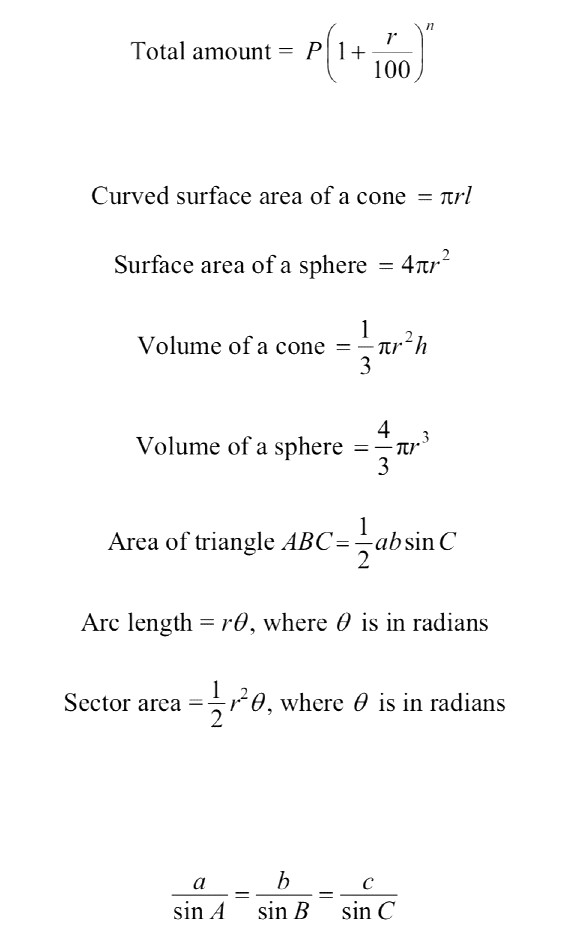Jabez Tay's answer to Nigel's Secondary 4 E Maths Singapore question.
done
2 Upvotes
clear 0 Downvotes
You can work backwards from the volume of a cone equation.
h= the radius of the larger circle
r= base radius, answer you found in the previous part.
Hope it helped you! If you still don’t understand or need help, you can contact me at j_a_b_e_z@yahoo.com.sg!
h= the radius of the larger circle
r= base radius, answer you found in the previous part.
Hope it helped you! If you still don’t understand or need help, you can contact me at j_a_b_e_z@yahoo.com.sg!
Date Posted:
5 years ago



But if you can understand these three equations, you will be able to solve b(i) and b(ii)!
b(i) cosACD=base radius/AC
b(ii) sinACD=h/AC
Volume of cone=1/3(pi)(base radius)^3(h)
Best I can do now ps. If you can have the answer later I can write for u at night.
The question is actually asking for the cone formed when sector CED is folded into a large cone by joining AC and AD together